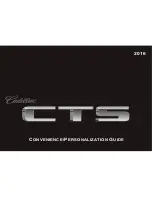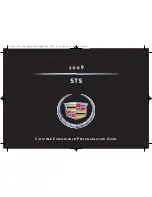
Pro
te
c
t
ed
b
y
co
p
y
rig
h
t.
C
o
p
y
in
g
fo
r
pr
iv
a
t
e
o
r
c
o
m
m
e
r
c
ia
l
p
u
rp
o
s
e
s
,
i
n
p
a
rt
o
r i
n
w
h
o
le
,
is
n
o
t
p
e
r
m
it
t
e
d
u
n
l
e
s
s
a
ut
ho
r
i
s
ed
b
y
V
olk
sw
a
ge
n AG
.
V
olk
s
w
a
g
en
AG do
es
n
ot g
uar
ante
e
or a
c
c
ep
t
a
ny
li
a
b
i
li
t
y
w
ith
r
e
s
p
e
c
t
t
o
th
e
c
o
rr
e
c
t
n
e
s
s
o
f
in
fo
r
m
a
tio
n
in
th
is
d
o
c
um
en
t.
C
o
py
rig
ht b
y
V
olk
sw
a
ge
n
A
G.
9
Emergency braking function
⇒ “9.1 Removing and installing City Emergency Braking System”,
page 120
9.1
Removing and installing City Emergen‐
cy Braking System
General description
⇒ page 120
Removing
⇒ page 121
Installing
⇒ page 121
General description
The emergency braking function detects the traffic situation by
means of the emergency braking function sensor unit - J939- at‐
tached to the interior mirror up to a distance of around 10 metres
in front of the vehicle in a speed range of approximately 5 km/h
to 30 km/h.
If the system detects a possible collision with a vehicle driving in
front, the vehicle is prepared for possible emergency braking. If
the driver does not react to the threat of a collision, the system
can brake the vehicle automatically in order to reduce the speed
for a possible collision. If the emergency braking function deter‐
mines that the driver does not brake sufficiently when faced with
the threat of a collision, the system can increase the braking force
in order to reduce the speed for a possible collision.
In the following situations, it is possible that the emergency brak‐
ing function will not react:
♦ In tight curves
♦ When accelerator pedal is fully depressed
♦ If emergency braking function has been switched off or is faulty
♦ If the laser sensor is dirty, is covered or has overheated
♦ During a snowfall, in heavy rain or in dense fog
♦ If vehicle is offset in relation to other vehicles
♦ When other vehicles cut across the driving direction
♦ When there are oncoming vehicles in the same lane
♦ If vehicles are dirty with a low degree of reflection
♦ When there is a lot of dust in the air
Note
♦
When the emergency braking function triggers a braking proc‐
ess, the pedal travel of the brake pedal decreases. As a result,
the brake pedal feels “harder”.
♦
During automatic braking carried out by the emergency brak‐
ing function, it is possible that unusual noises will occur. These
are normal and are caused by the brake system.
♦
Automatic braking triggered by the emergency braking func‐
tion can be cancelled by depressing the clutch pedal or the
accelerator pedal, or by turning the steering wheel.
The sensor unit for the emergency braking function - J939- is lo‐
cated under a cover next to the interior mirror.
up! 2012 ➤
Electrical system - Edition 03.2017
120
Rep. gr.94 - Lights, bulbs, switches - exterior
















































